Results
-
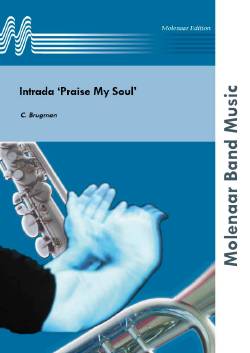 £59.00
£59.00Intrada 'Praise My Soul' - C. Brugman
Estimated dispatch 10-14 working days
-
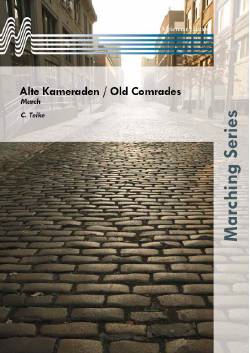 £29.00
£29.00Alte Kameraden / Old Comrades - C. Teike
Estimated dispatch 10-14 working days
-
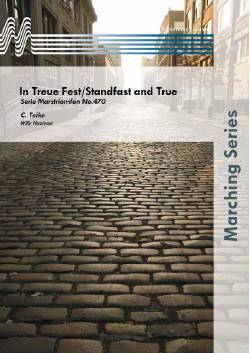 £29.00
£29.00In Treue Fest/Standfast and True - C. Teike/Willy Hautvast
Estimated dispatch 10-14 working days
-
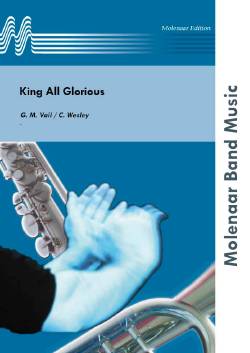 £72.00
£72.00King All Glorious - G. M. Vail/C. Wesley
Estimated dispatch 10-14 working days
-
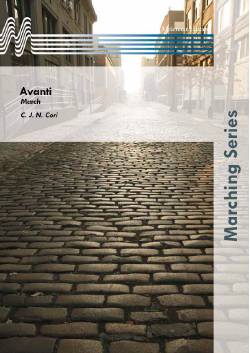 £29.00
£29.00 -
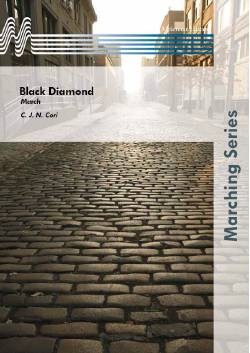 £29.00
£29.00Black Diamond - C. J. N. Cori
Estimated dispatch 10-14 working days
-
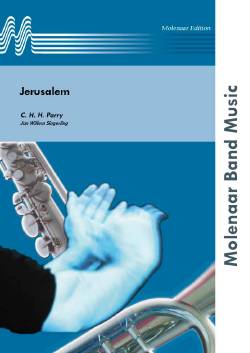 £43.00
£43.00Jerusalem - C. H. H. Parry/Jan Willem Singerling
Estimated dispatch 10-14 working days
-
£72.00
Bogoroditse Devo (From All-Night Vigil) - Sergei Rachmaninov - John Philip Hannevik
The All Night Vigil is an a-cappella composition that Sergei Rachmaninov composed in January/ February 1915. It was one of Rachmaninoff's favorite among his own compositions, and it has also been called "the greatest musical achievement of the Russian Orthodox Church"."Bogoroditse Devo" is movement number 6, and the lyrics are: Hail Mary, full of grace,the Lord is with thee;blessed art thou amongst women,and blessed is the fruit of thy womb, Jesus.Performance suggestion:Solo Clarinet, 1st Altosax, 1st Horn amd Solo Euphonium stand, preferably some distance away from the band. The remaining players of the band can sing from the "choir" sheet. At letter A, 1st Horn and Solo Euphonium return to their seats while Solo Clarinet and 1st Altosax remains standing until letter C
Estimated dispatch 7-14 working days
-
 £34.95
£34.95Valiants Arise - Paul Lovatt-Cooper
Valiants Arise was commissioned by Junction Arts to celebrate their 40th Anniversary 2016 Circa. It is a lively and exciting concert opener c.3.30
Publisher CLOSED indefinitely. Please Contact us for more details
-
£120.00
Origins - Peter Meechan
Origins is in three movements, with each movement having a different subject matter, all linked by the idea of origins: the first movement refers to musical origins; the second to the origins of life; and the final movement to the space exploration - the research of all origins. The first movement is based on a short motif, heard in the first three notes the soloist plays. These three notes cover the interval of a minor third (an interval that often plays a crucial role in my music) on which the whole concerto is built. The soloist and accompaniment interplay freely throughout the opening section, before an ostinato accompaniment appears - over which the soloist sounds a long legato melody. A short cadenza follows and a return to the opening material leads the movement to an end. The second movement, titled Harryas Song, is - as tradition dictates - a slow movement. Happy and reflective in nature, the main melody was written on the evening that my closest friend, Mark Bousie (a fine euphoniumist himself), and his wife Jayne, had their first child - Harry Bousie. It seemed only fitting that this song should be written for Harry in celebration. The final movement brings me back to a lifelong fascination with space, and in this particular movement, the Space Shuttle Discovery. Having completed 39 missions (including flying the Hubble telescope in to orbit), and spent a total of 365 days in space, SS Discovery made its final voyage in 2011 and was taken to the Smithsonian in Washington D.C. in April 2012. This final movement, titled Discovery, pays tribute to the great shuttle whose missions inspired millions across the generations. Origins was commissioned by Marco Schneider, Adrian Schneider and the Dunshan Symphonic Wind Orchestra, Beijing, China.
Estimated dispatch 12-14 working days
